Nearly every male kathak dancer in the world is connected to this family of performers in Karol Bagh
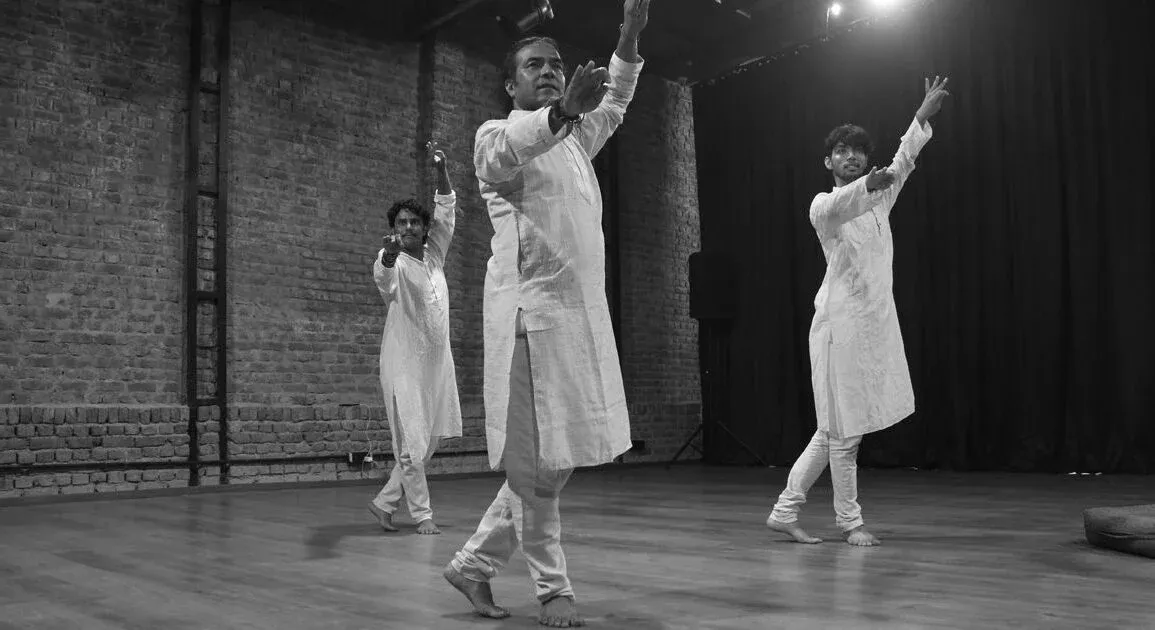
Gaon Badabar, Post Office Sujangarh, Churu. Till about a century ago that used to be the Thar address of the Gangani clan. Today they are scattered around the mohallas of the Regarpura area in Delhi’s Karol Bagh, around half-a-dozen households which spring to life every morning at 7.30 am with the sounds of tabla, pakhawaj and feet-beating tatkar on the floor.
The Ganganis are among the biggest families of kathak dancers and percussionists in the country. Three generations of the family are still visible on stages across India and abroad. For them the drum and the dance are intertwined arts: all of them can represent a complex tihai, a polyrhythmic technique found in Indian classical music, with both their hands and feet.
The oldest Gangani, the clan’s presiding kathak guru, is Rajendra Gangani, 54, and the youngest is Nishit, 15, who is still in school and is an aspiring tabla wiz. Between them exists a network of siblings, cousins, fathers, grandfather, nephews and uncles, all engaged in some manner or the other with the world of taal, or rhythm.
Up until recently, theirs was a tradition that kept the women out. But last month in a unique baithak, when three generations of Gangani artistes came together at the Oddbird Theatre in Delhi, there was one surprise appearance: Harish Gangani’s daughter Nayanika, 16, came to dance with her brothers, uncles, father and cousins on stage.
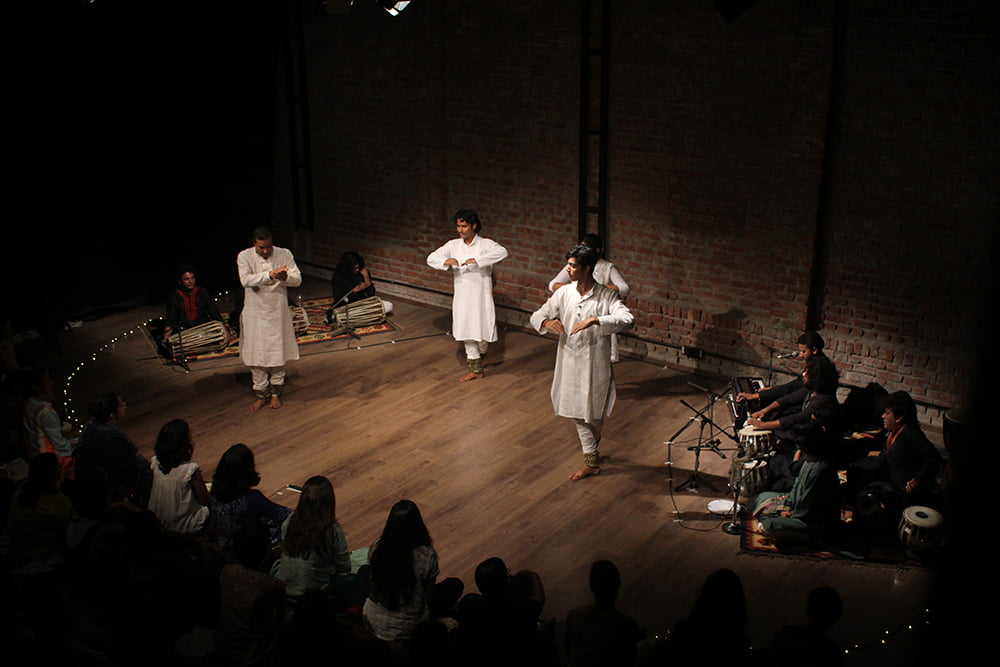
Honed in the desert
There are 100 Ganganis scattered across India and now the world, said Rajendra Gangani, doing a rapid reckoning of their global kathak footfall from Gorakhpur to Vadodara. How do you spot them on stage?
“We belong to the Jaipur gharana of kathak and our dance, I would say, is rather like fiery red chillies, it has pace, flare, dazzle and also grace,” he said. “And, of course, we are known for our tayyari (readiness or flawlessness).”
Harish Gangani, Rajendra’s younger brother and a guru himself, said there is muscularity and power in the Jaipur shaili or style, that the family follows. The style grew fostered by the royal families of Rajasthan in the temples of the desert, and the themes of their dance usually revolved around veer rasa, bhakti and sringar.
The khandan prides itself on its sure-footedness around taal. “One talks of taal mein naachna but we talk of taal ko naachna – to make the rhythm dance to one’s tune, instead of dancing to it,” said Harish Gangani.
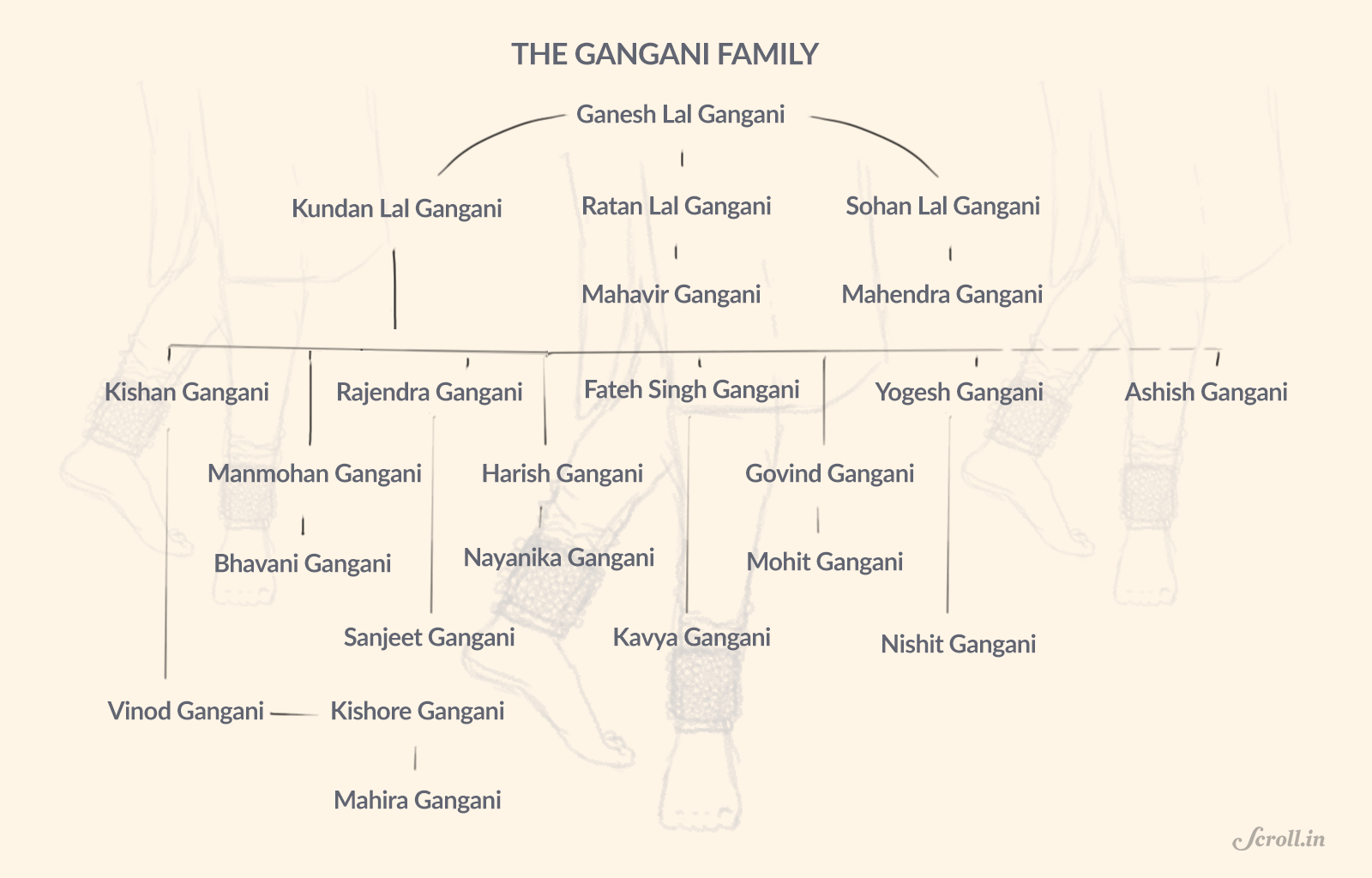
It isn’t as if the gurus of Jaipur gharana did not teach women. In fact, two of Kundanlal Gangani’s best-known disciples were women – Urmila Nagar and Prerna Shrimali, who has been known in Delhi for decades for the lyricism and quietude of her kathak. But the dance stayed off limits for the women of the family.
“There was a time when the men made a living with their art by taking it to distant places in the desert,” said Rajendra Gangani. “The women stayed in Badabar and kept the family together. If they had joined us on our journeys on camel-back…But we now live in different times and I was keen that even women in the family who have talent should not be denied a chance to take it to connoisseurs.” Rajendra Gangani was the keenest to get Nayanika on stage.
Innate rhythm
The family moved to Delhi in the 1960s when classical dance was finally beginning to find a place in cultural institutions, colleges and school. Gurus started landing jobs in these institutions as teachers and mentors. The first from the family to arrive in Delhi was the master guru, Kundanlal Gangani. Today those whom he taught, or those who were taught by his sons and nephews, make for three generations of artistes.
“I would say that about 80 per cent of male kathak dancers today are connected in some manner or the other to the extended Gangani family,” said Aditi Mangaldas, a seasoned kathak dancer who has had a long association with the Ganganis’ talent since the early 1990s. “Their percussive style is strong, they have a penchant for intricate laya patterns, and they are incredibly hardworking.” Mangaldas’s dance centre Drishtikon has been manned by percussionists from the Gangani clan for decades now.
Every member of the Gangani family can play the tabla, the pakhawaj and perform kathak – while not with the same level of expertise and talent, but certainly with competence. In the senior league are Fatehsingh Gangani, who plays the pakhawaj, and Yogesh Gangani, who plays the tabla. The two of them are among the most sought-after percussionists in India.
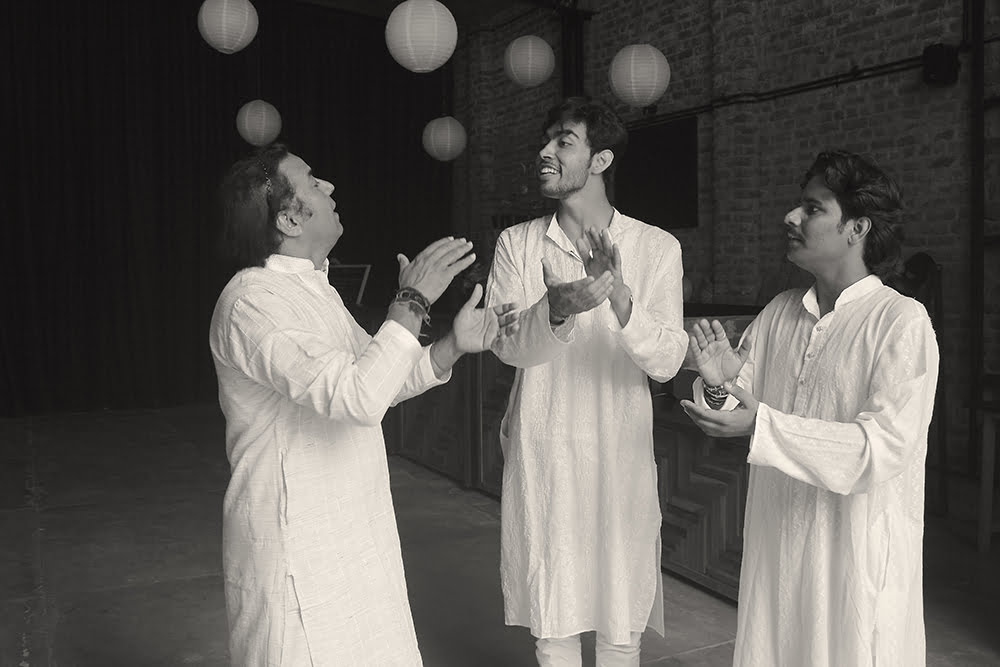
As pakhawaj player Ashish Gangani said, it was watching the impressive travel and flight schedules of the taus and chachas that inspired many of the youngsters to take to percussion. “One of our dreams is to be as busy as them, to find as many grand and good stages to play on as them,” he said. Some of those dreams are certainly coming true. Ashish Gangani plays the pakhawaj for Drishtikon, which has a considerable presence on the cultural circuits of the West.
The Gangani seniors pride themselves on never pushing youngsters into kathak or percussion. Mohit Gangani, who plays the tabla for Drishtikon, said it is standard for all children in the family to pick up various skills along the way and let time and interest decide their destination.
“The sounds of pakhawaj or tabla or kathak are like surround sound in our homes,” he said. “I was set on playing cricket as a child, so I would sit for my riyaaz or practise session with the tabla, but my attention was elsewhere. Then I heard the great Anindo Chatterjee play the tabla and suddenly it seemed the most glamorous thing in the world. I then put my mind to my classes with [uncle] Fateh Singhji. I did learn dance. When [Rajendra] guruji would teach other dancers he would say ‘Come!’ and you went, but it didn’t take me long to realise that dance is not my forte. I am way too heavy-footed. But my awareness of dance and rhythm and their interlinking is strong.”
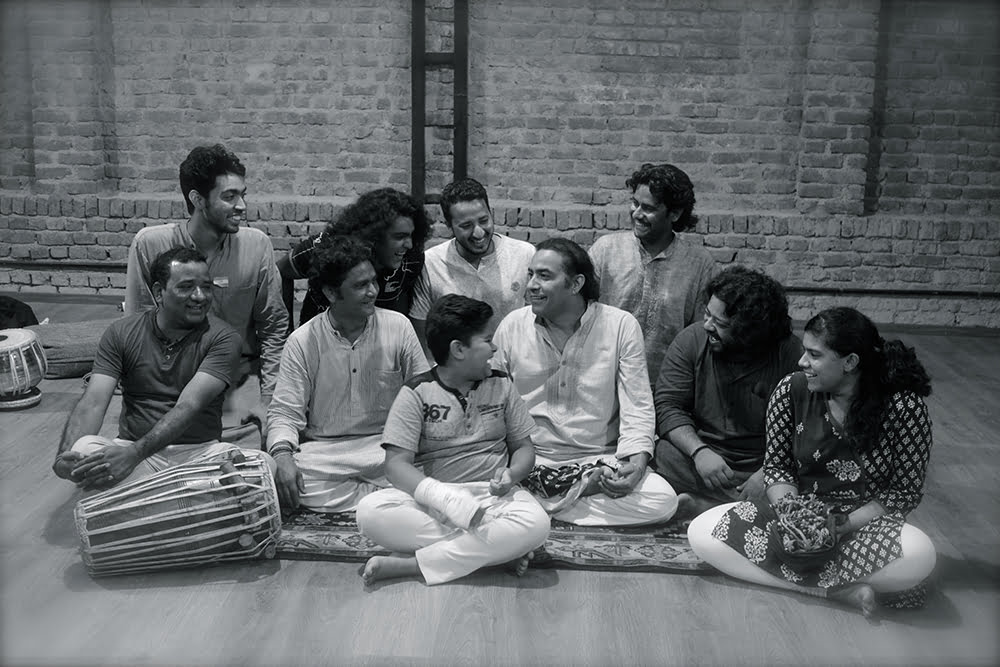
Some youngsters take a while to figure out their forte, others know where they want to head – but a solid grounding in all things percussive is a given in the family. Sanjeet Gangani is an emerging kathak dancer but he is emphatic that the years of tabla tutelage in the family have lent his dance a distinct quality.
“It becomes far easier to grab a bandish or a laya pattern if you have some skill with the tabla or pakhawaj,” he said. “There is severe competition among younger dancers today and the fact that riyaaz in multiple disciplines is an aadat, or habit, for us gives us an advantage.”
For both, Nishit and Nayanika Gangani, the youngest members of the clan, kathak and tabla are first on the agenda once their school bags are off their shoulders and homework is out of the way. There really isn’t anything else they would rather do, than follow in the footsteps of their tauji or chacha, they said.
This article first appeared on Scroll.in.




